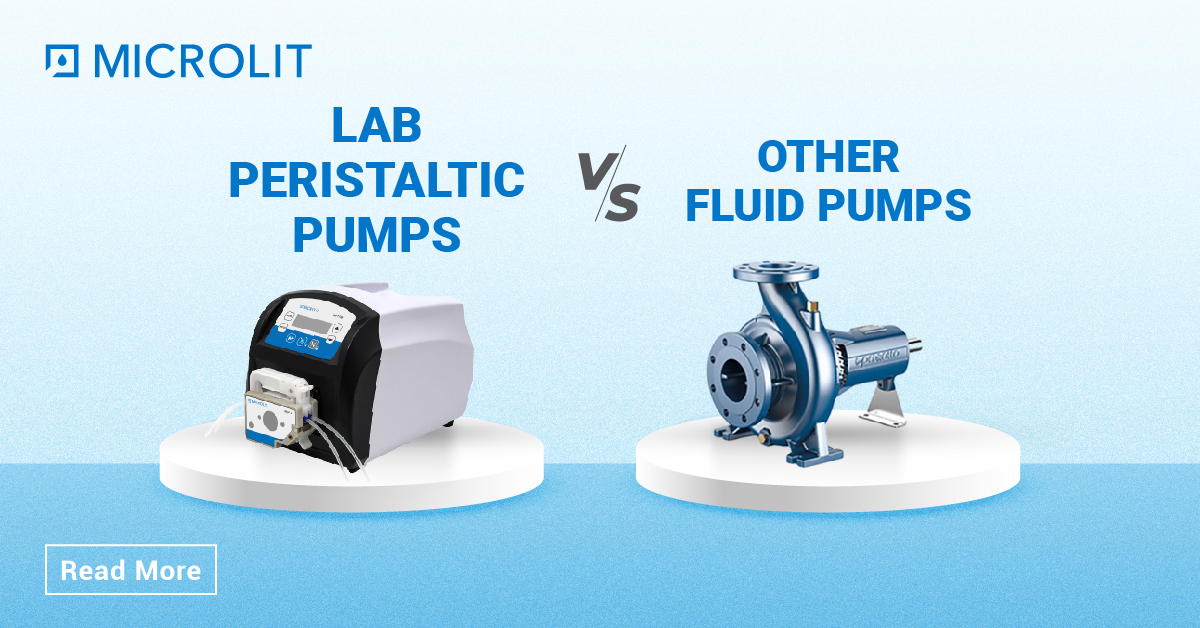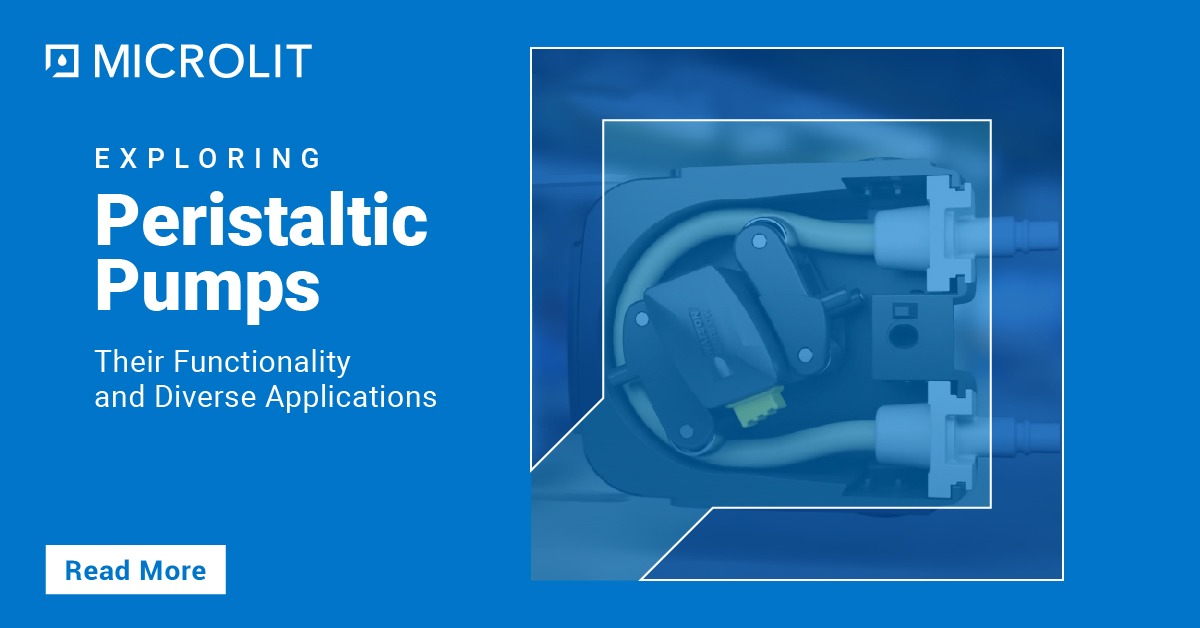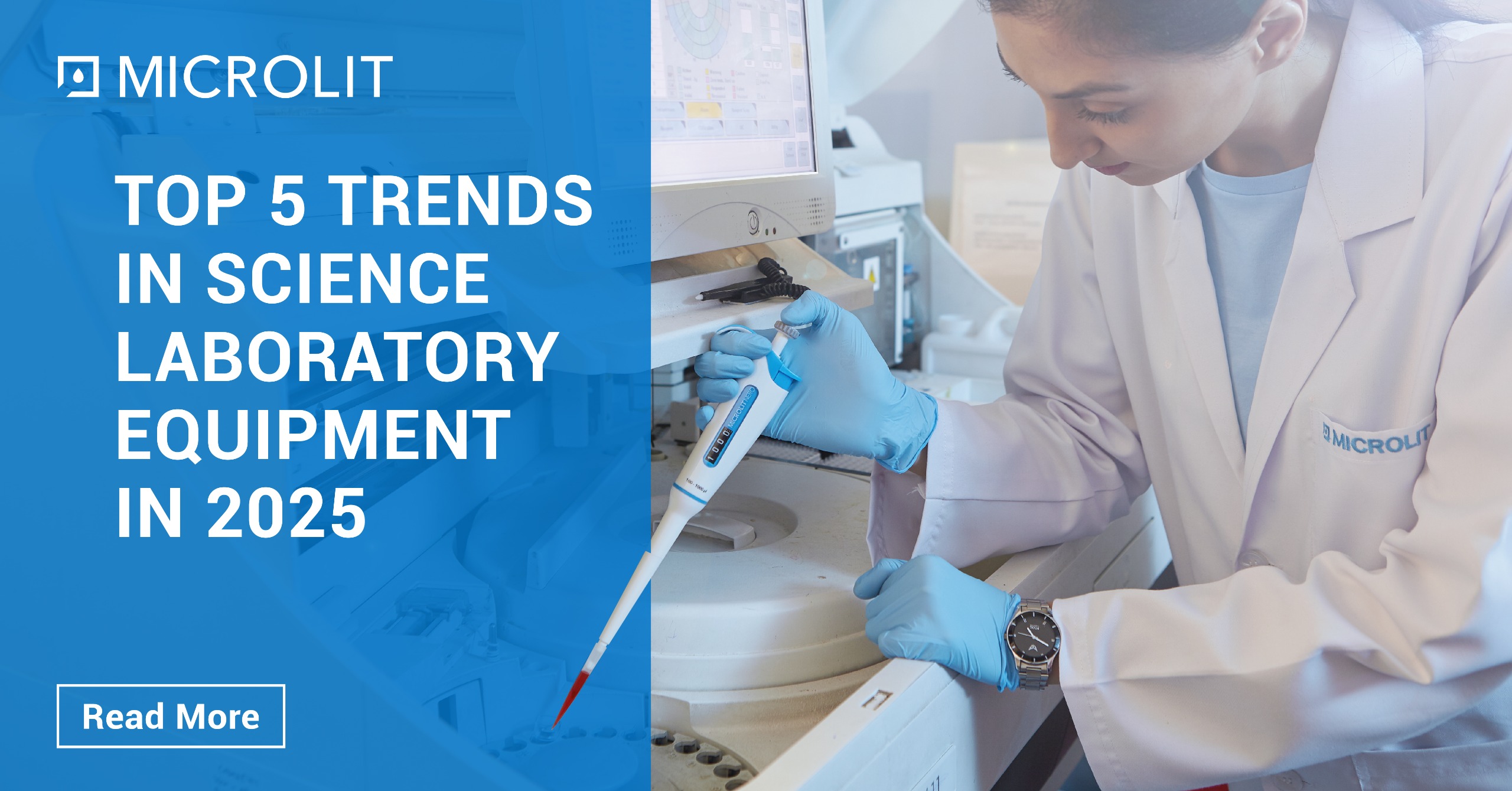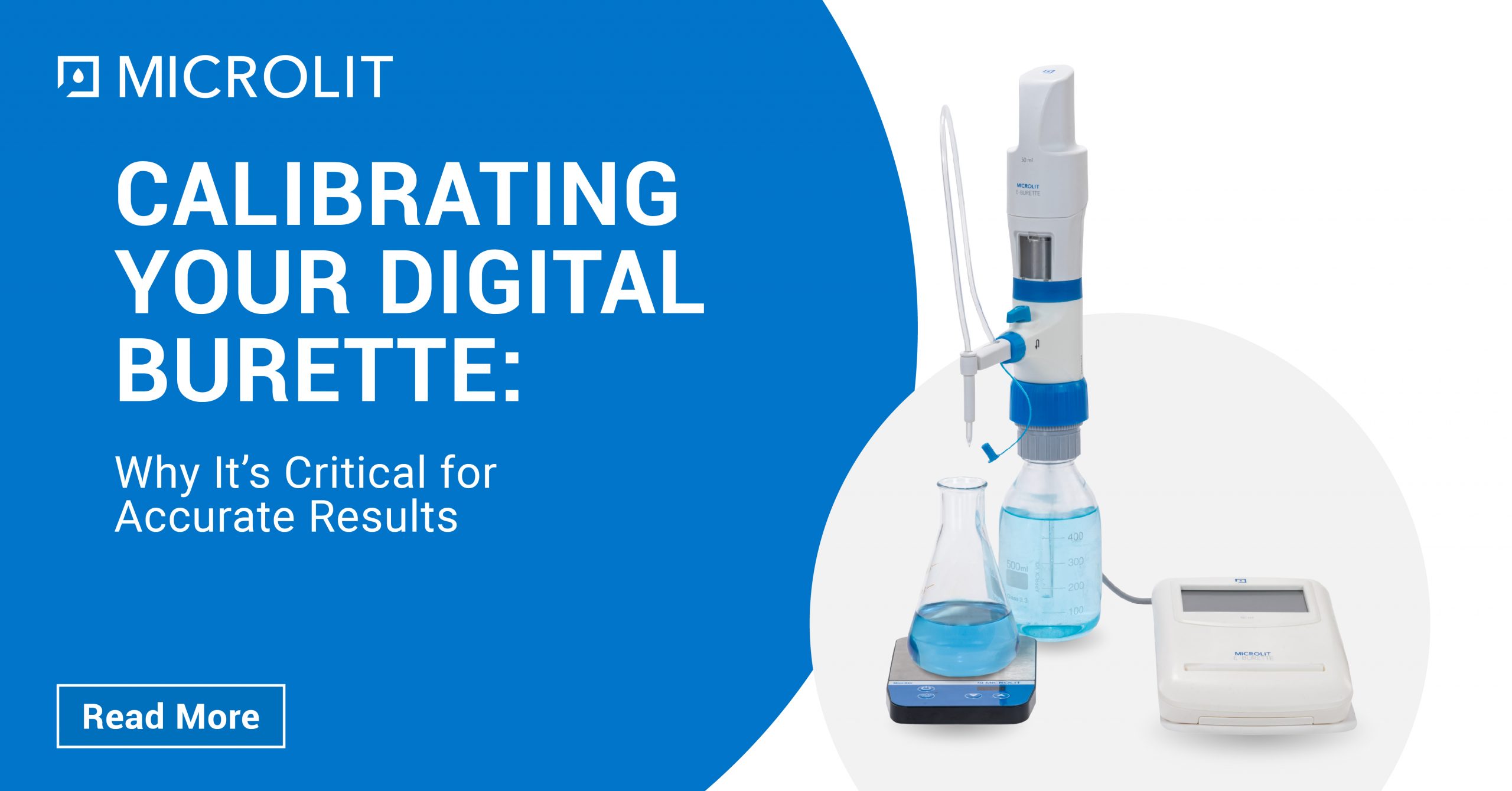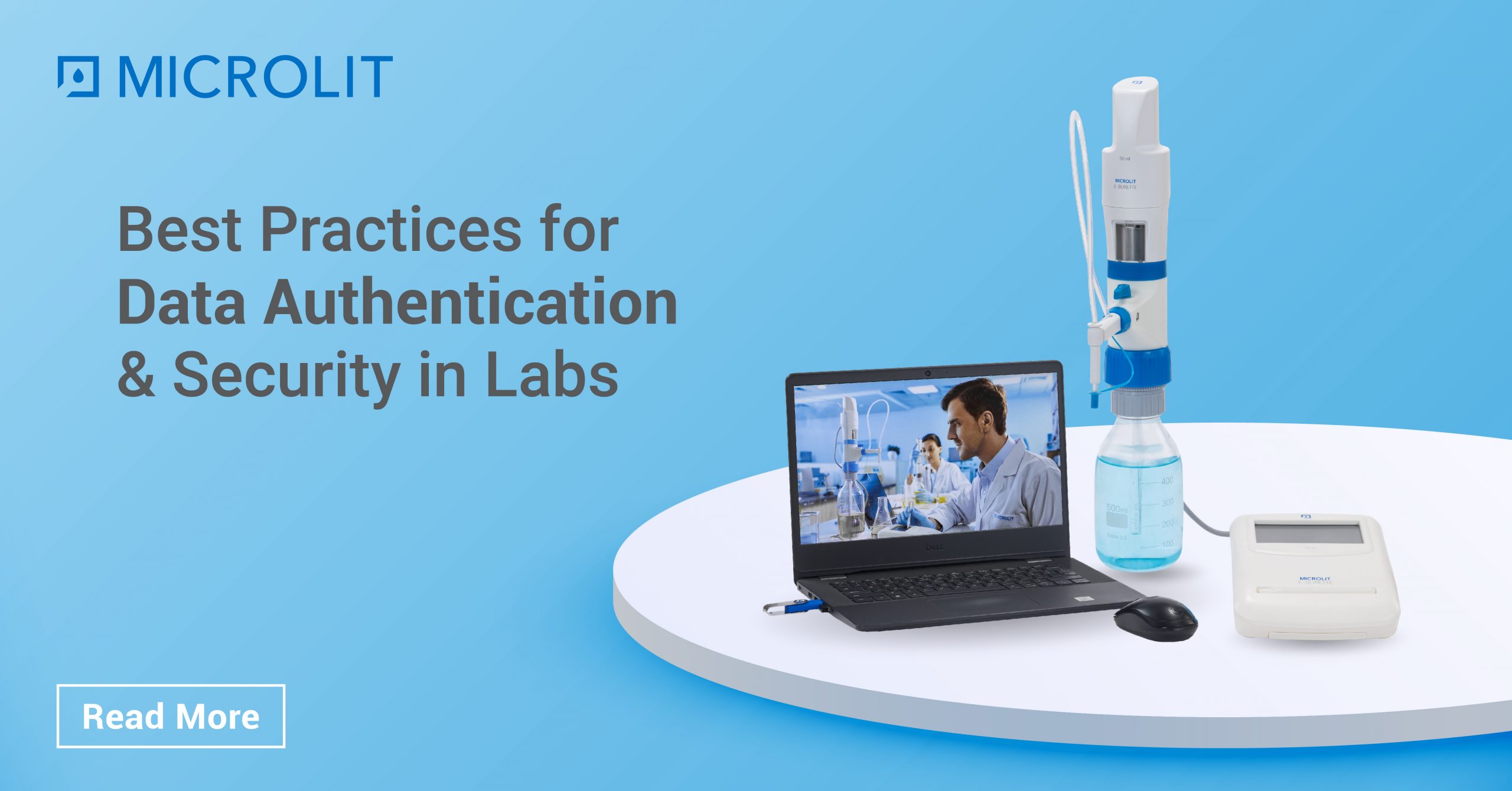A Quick Guide to Lab Equipment Decontamination
- March 21, 2023
- ENQUIRE NOW
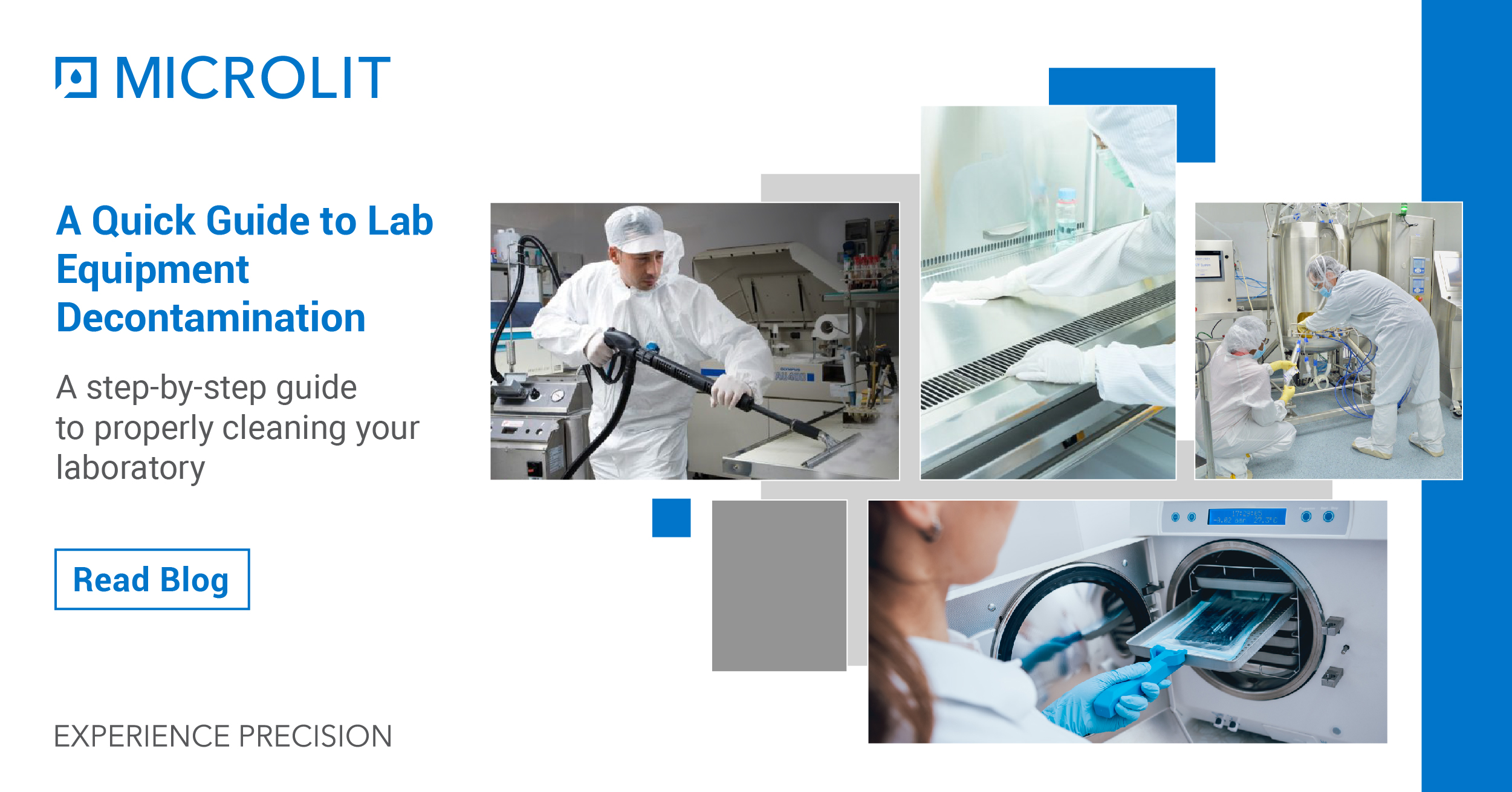
Decontamination is a term used to describe a process or treatment that renders a medical device, instrument or environmental surface safe to handle. Sterilization, disinfection and cleaning are all forms of decontamination.
All infectious materials and all contaminated equipment or apparatus should be decontaminated before being washed, stored or discarded. Autoclaving is the preferred method. Each individual working with biohazardous material should be responsible for its proper handling.
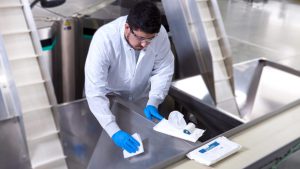
Lab equipment decontamination is incredibly important. After the COVID-19 pandemic, it’s more important than ever to handle hazardous biological specimens or pathogens. Basically, depending on the lab’s biosafety levels, labs require different decontamination procedures.
Levels of Decontamination
The varying factors range from high-level sterilization to simple cleaning with mild detergent and water. Lab personnel can perform a few methods on a routine basis. However, most labs need professionals to properly decontaminate their equipment.
1. Cleaning is the first (and most basic) level. Essentially, cleaning is the first line of defense in decontamination. Cleaning uses water, detergent, and some mechanical action such as scrubbing with a gloved hand or brush. Cleaning is often a required step before sterilization or disinfection of inanimate objects because it removes all material such as soil or organic material and reduces the number of microorganisms on an object.
2. Disinfection involves the use of chemicals or heat application. This second method of decontamination reduces the number of microbes on an object or surface. Furthermore, while it greatly reduces the number of microbes it does not totally eliminate them. A disinfectant will limit the number of organisms enough to eliminate the risk of infections. In fact, the surface will not be decontaminated if it is not properly cleaned prior to disinfection.
3. Sterilization is the third level of decontamination. Sterilization uses a physical or chemical procedure to destroy all microbial life. This includes highly resistant bacterial endospores. Basically, the methods used to properly sterilize include heat, gas, steam, plasma and radiation. In fact, the odds of a microorganism surviving on a sterilized surface are less than one in one million.
Methods
There are 4 main categories of physical and chemical means of decontamination. Each category is mentioned below.
- Heat sterilization (wet or dry)
Wet heat
It is the most dependable method of sterilization. Autoclaving, sometimes called steam sterilization, is the most convenient method of rapidly achieving destruction of all forms of microbial life. Autoclaves use saturated steam under pressure of approximately 15 pounds per square inch to achieve a chamber temperature of at least 250°F (121°C) for a prescribed time—usually 30–60 minutes.
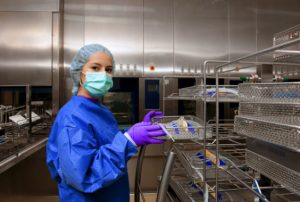
Typical uses: Autoclaving is a dependable method of sterilizing laboratory equipment and decontaminating biohazard wastes.
Dry heat
Dry heat is less efficient than wet heat and requires longer times or higher temperatures to achieve sterilization. It is suitable for the destruction of viable organisms on impermeable non-organic surfaces such as glass, but it is not reliable in the presence of shallow layers of organic or inorganic materials which may act as insulation.
Typical uses: Sterilization of glassware by dry heat can usually be accomplished at 160°–170°C for periods of 2 to 4 hours.
Precautions: Monitor wet and dry heat sterilizers on a regular basis using appropriate biological indicators [spore strips].
- Liquid disinfection
Liquid disinfectants can be generally classified as halogens, acids, alkalis, heavy metal salts, quaternary ammonium compounds, phenolic compounds, aldehydes, ketones, alcohols and amines.
Liquid disinfectant effectiveness varies with the organism, concentration, contact time, and other conditions of use. No liquid disinfectant is equally useful or effective under all conditions and for all viable agents.
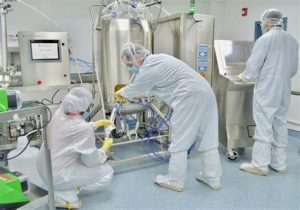
Typical uses: Liquid disinfectants are used for surface decontamination and, when used in sufficient concentration, as a decontaminate for liquid wastes prior to final disposal. Always use chemical disinfectants in accordance with labeled instructions. Do not use chemical disinfectants past the expiration date.
Precautions: The more chemically reactive a compound is, the more likely it is to be toxic and corrosive.
- Vapors and Gases
Vapors and gases, when used in closed systems and under controlled conditions of temperature and humidity, provide excellent disinfection. Agents in this category include the aerosol, vapor or gas phase of chlorine dioxide, glutaraldehyde, paraformaldehyde, ethylene oxide, peracetic acid, and hydrogen peroxide.
Typical uses: Vapors and gases are primarily used to decontaminate biosafety cabinets, animal rooms, and their associated systems, bulky or stationary equipment not suited to liquid disinfectants, instruments or optics that might be damaged by other decontamination methods and rooms, buildings and associated air-handling systems.
- Ionizing
Ionizing radiation will destroy microorganisms but is not a practical tool for laboratory use.
- Non-ionizing
The UV-C band of ultraviolet (UV) radiation contains wavelengths (250-270 nm, 265 is optimum) that effectively destroy most microorganisms in air and water and on surfaces. Organisms must be directly exposed to UV light; dirt, dust, and shadows can shield organisms, limiting UV lamp effectiveness.
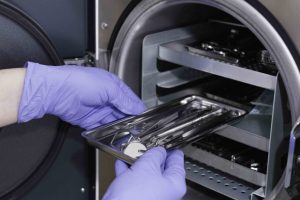
Typical uses: Ultraviolet radiation is typically used to reduce levels of airborne microorganisms and maintain good air hygiene in airlocks, animal holding areas, ventilated cabinets and laboratory rooms. UV is also used in biological safety cabinets (BSC) and in some laboratory rooms to reduce surface contamination.
What Should Be Decontaminated?
When it comes to the surfaces in your lab that require decontamination, the list is very long. However, it really depends on the lab environment and the materials handled. Laboratories that handle biological materials should have every surface decontaminated on a regular basis.
These are the items in a lab that require decontamination:
Refrigerators/Freezers
Refrigerators and freezers may sometimes be a breeding ground for bacteria or other hazardous agents. It is important to make sure the interior is completely empty and the appliance is defrosted before having it decontaminated by a professional.
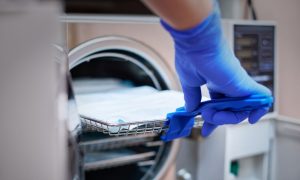
Biosafety Cabinets and Centrifuges
Biosafety cabinets and centrifuges must also regularly be decontaminated by a professional and a routine schedule should be developed for centrifuges since the materials inside may be hazardous.
Fume Hoods
Fume hoods use laminar airflow to eliminate toxic vapors and chemicals from the workspace. Therefore, regular certification and decontamination is essential.
Other Lab Equipment Needing Decontamination
Ovens, incubators, water baths, scales, chemical storage cabinets, dehydrating units, and other lab machinery all require professional decontamination.
To know more, email us at info@microlit or visit our website at www.microlit.com

